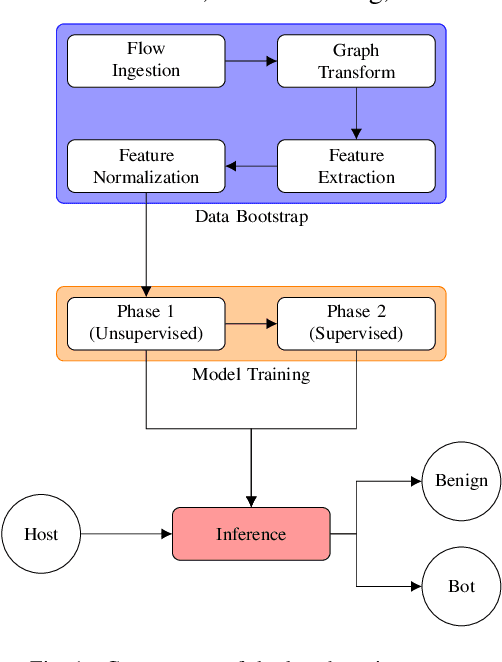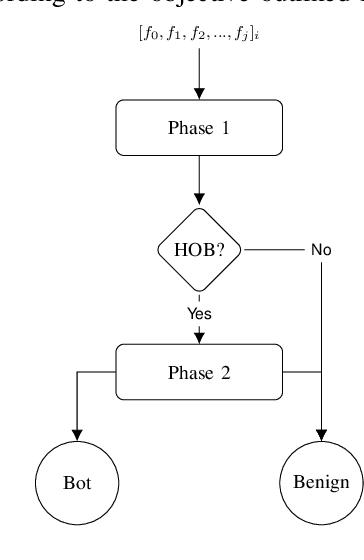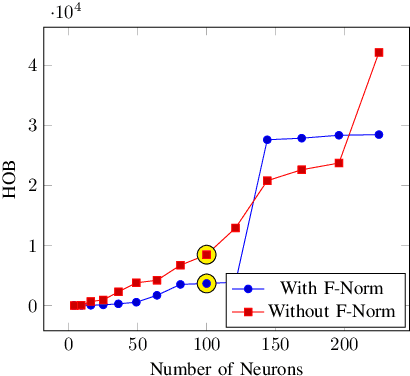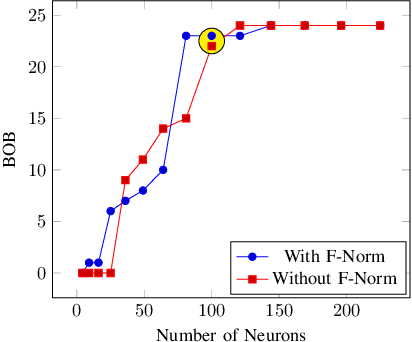Abbas Abou Daya
A Graph-Based Machine Learning Approach for Bot Detection
Feb 22, 2019



Abstract:Bot detection using machine learning (ML), with network flow-level features, has been extensively studied in the literature. However, existing flow-based approaches typically incur a high computational overhead and do not completely capture the network communication patterns, which can expose additional aspects of malicious hosts. Recently, bot detection systems which leverage communication graph analysis using ML have gained attention to overcome these limitations. A graph-based approach is rather intuitive, as graphs are true representations of network communications. In this paper, we propose a two-phased, graph-based bot detection system which leverages both unsupervised and supervised ML. The first phase prunes presumable benign hosts, while the second phase achieves bot detection with high precision. Our system detects multiple types of bots and is robust to zero-day attacks. It also accommodates different network topologies and is suitable for large-scale data.
 Add to Chrome
Add to Chrome Add to Firefox
Add to Firefox Add to Edge
Add to Edge